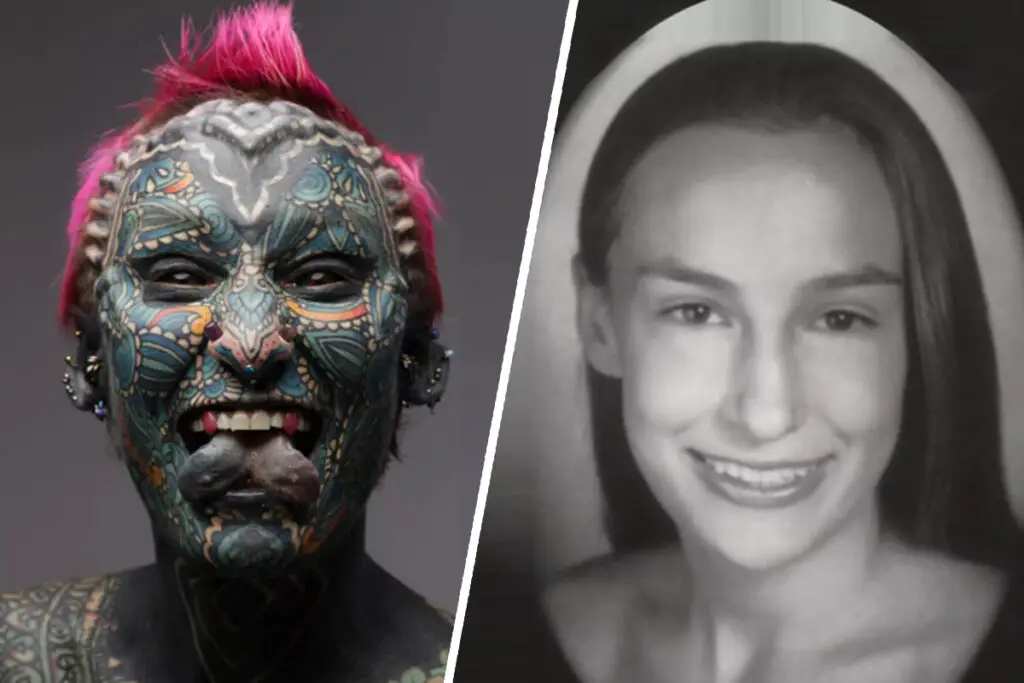The Myth of Ramesses II’s Passport: A Tale of History and Hype

Picture this: it’s 1976, and the mummy of Ramesses II, one of ancient Egypt’s most legendary pharaohs, is about to board a flight to Paris. But wait—does a 3,000-year-old king need a passport? The story that Egyptian authorities issued one, complete with a photo and the occupation “King (deceased),” has been shared everywhere from Reddit to reputable news outlets. It’s a tale that’s equal parts charming and bizarre, but is there any truth to it? Let’s unpack this historical mystery with a mix of facts, skepticism, and a touch of awe for the past.
Who Was Ramesses II?
Ramesses II, often called Ramesses the Great, was a larger-than-life figure who ruled Egypt from around 1279 to 1213 BC. That’s 66 years of calling the shots, making him one of the longest-reigning pharaohs ever. Born around 1303 BC, he was the son of Seti I and became prince regent at just 14, likely ascending to the throne in his late teens or early 20s. His reign was a golden era for Egypt, marked by military victories, like the famous Battle of Kadesh, and jaw-dropping monuments like the temples at Abu Simbel and the Ramesseum in Thebes. His successors dubbed him the “Great Ancestor,” and honestly, the guy earned it.
His mummy, discovered in 1881 in a royal cache in the Valley of the Kings, has been a treasure for Egyptologists. It’s been on display at the Egyptian Museum in Cairo since 1885, drawing crowds eager to glimpse a king who once ruled an empire. But by the 1970s, this ancient VIP was in trouble.
The Journey to Paris
Fast forward to 1976. The mummy of Ramesses II was showing signs of serious wear and tear. Humidity in its display room at the Egyptian Museum, combined with a nasty fungal infection, was threatening to turn this historical icon into dust. Egyptian authorities knew they needed top-notch help, and they found it in France, where experts had the tech to save the mummy.
So, in September 1976, Ramesses II’s mummy was flown to Paris on a French military plane. When it landed at Le Bourget Airport, it was greeted with full military honors, complete with the Garde Republicaine presenting arms—a reception fit for a king, even a deceased one. The mummy was taken to a lab at the Musée de l’Homme, where it was treated with gamma rays to kill the fungus. French President Valéry Giscard d’Estaing had personally convinced Egyptian officials to send the mummy, highlighting the international effort to preserve this piece of history.
The Passport Rumor
Here’s where things get juicy. The story goes that French law required everyone—dead or alive—to have a valid passport to enter the country. So, Egyptian authorities supposedly issued Ramesses II an official passport, complete with a photo of his mummified face and that now-iconic “King (deceased)” occupation line. Some sources, like Heritage Daily and Ancient Origins, claim this was necessary to comply with both French and Egyptian laws, and that Egypt might have used the passport to ensure the mummy’s safe return.
Sounds plausible, right? I mean, who wouldn’t want to make sure a pharaoh’s mummy doesn’t get stuck in customs? But here’s the catch: the story doesn’t hold up under scrutiny.
Debunking the Myth
Enter Toby Wilkinson, a renowned Egyptologist and author of Ramesses the Great: Egypt’s King of Kings. He’s pretty clear: “There was no passport.” Wilkinson calls the story an urban myth, likely cooked up by the press for a good headline. What really happened was a lot of bureaucratic paperwork—think forms, permits, and legal documents to transport a priceless artifact across borders. This paperwork was complex, and somewhere along the line, the French word “passeport” might have been used loosely to describe it, leading to the confusion.
A fact-check by AFP digs even deeper. They found that the image of Ramesses II’s supposed passport, which has been shared tens of thousands of times online, is fake—digitally created for an archaeology blog by Heritage Daily in 2020. Élisabeth David from the Louvre Museum confirmed in 2020 that there’s no basis for the passport claim. French law doesn’t require passports for mummies, which are treated as objects under property law, not people. A 1985 report might have used “passport” to describe the logistical hassle, but that’s as close as it gets.
Why the Story Sticks Around
So, why does this myth keep making the rounds? For one, it’s just too good not to share. The idea of a 3,000-year-old pharaoh needing a passport is the kind of quirky history that lights up social media. Add in a convincing (but fake) passport image, and you’ve got a viral hit. It’s like the historical version of a meme—funny, shareable, and just believable enough to spread.
Plus, there’s something deeply human about it. Ramesses II was a towering figure, but this story makes him relatable, like he’s just another traveler dealing with airport red tape. It bridges the gap between ancient Egypt and our modern world, reminding us that history isn’t just dusty artifacts—it’s full of stories that resonate.
The Real Story Is Still Amazing
Don’t get me wrong—the truth is just as fascinating. The fact that Ramesses II’s mummy was flown to Paris, treated like a visiting dignitary, and saved with cutting-edge tech is a testament to how much we value our shared past. After treatment, the mummy was returned covered in a deep blue velvet drape embroidered with gold by the Louvre’s seamstresses. That’s some serious VIP treatment!
Oh, and here’s a wild side note: in 2007, it came to light that some of Ramesses II’s hair was stolen during the 1976 preservation. A French doctor’s son tried to sell it for 2,000 euros, but Egyptian authorities swooped in and reclaimed it. Talk about drama!
What We Learned
The passport story might be a myth, but it’s a reminder of how history can capture our imaginations. Ramesses II didn’t need a passport to travel to France, but his journey in 1976 shows how far we’ll go to preserve the past. Whether it’s through military honors or high-tech conservation, we’re still in awe of this ancient king.
A Look at the Evidence
Here’s a quick breakdown of what the sources say:
| Source | Claim | Details |
|---|---|---|
| HistoryExtra | Myth | Egyptologist Toby Wilkinson says no passport was issued; it’s an urban myth. The mummy needed extensive documentation, not a passport. |
| AFP Fact Check | Myth | The passport image is fake, created for a blog. French law doesn’t require passports for mummies. Confusion may stem from a 1985 report. |
| Wikipedia | Myth | Claims of a passport are incorrect; the French word “passeport” likely referred to documentation. |
| Heritage Daily | True | Says a passport was issued in 1976 to comply with French law, but their cited New York Times article doesn’t mention a passport. |
| Ancient Origins | True | Claims a passport was issued, citing Egyptian law requiring documents for the deceased. |
My Take
Honestly, I love this story, even if it’s not true. It’s a perfect example of how history can get a little embellished but still spark curiosity. The real journey of Ramesses II’s mummy to Paris is a testament to human ingenuity and respect for the past. Next time you’re in Cairo, swing by the National Museum of Egyptian Civilization to see Ramesses II’s mummy—no passport required.
































